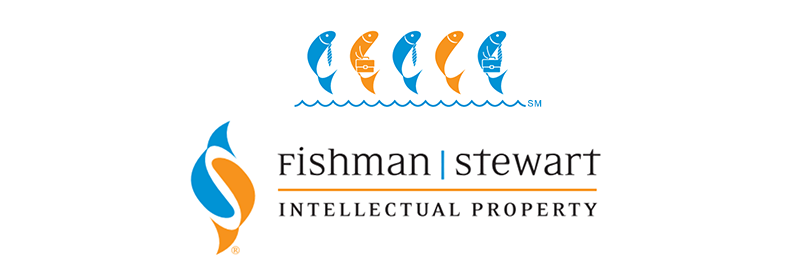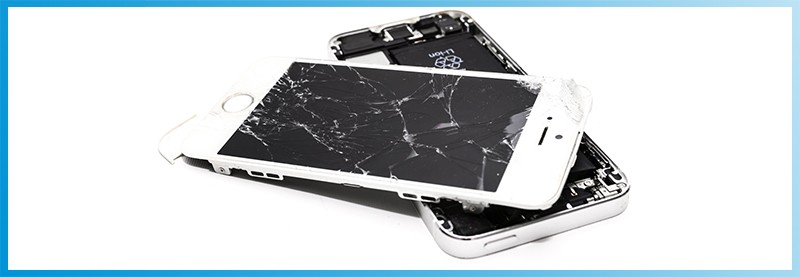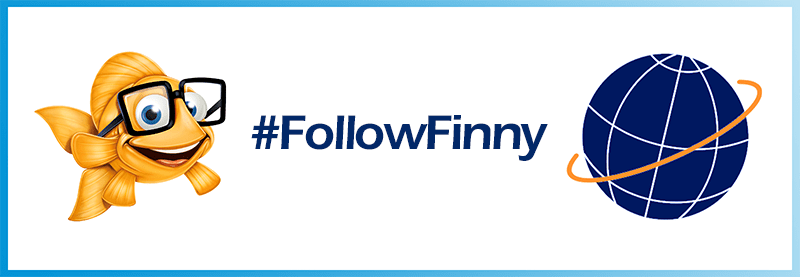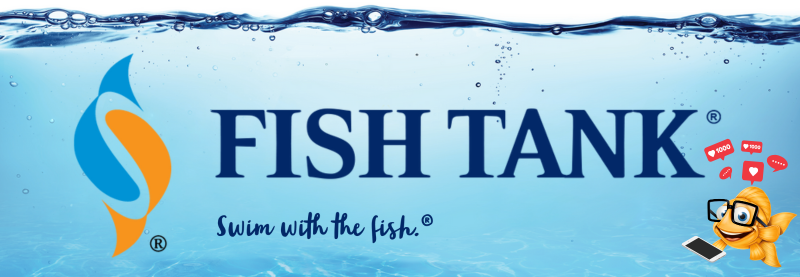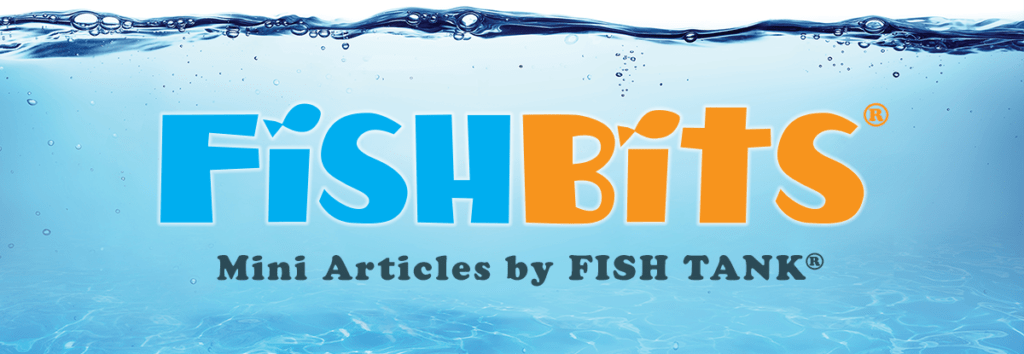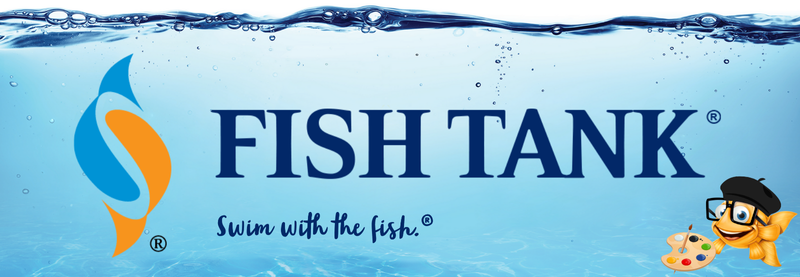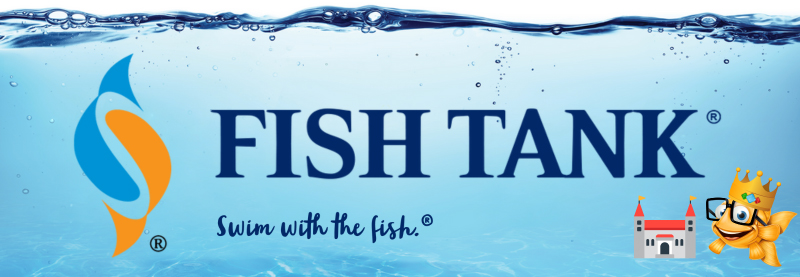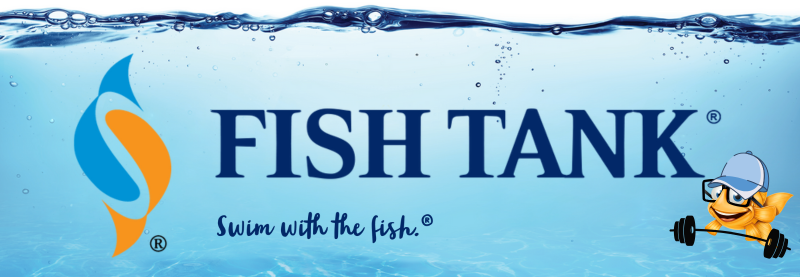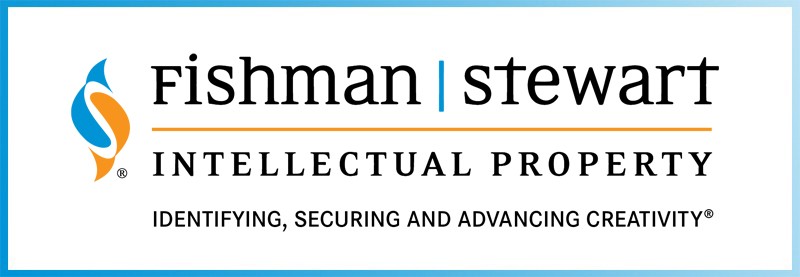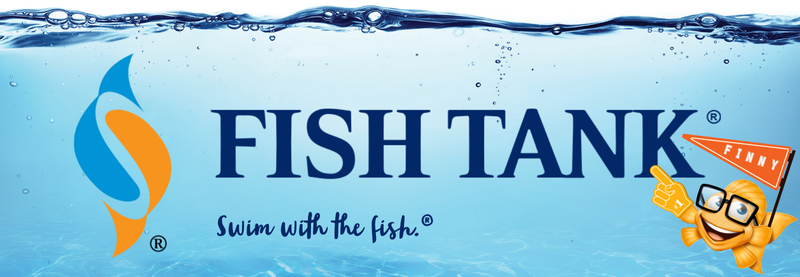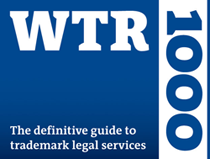Intellectual Property Insights from Fishman Stewart PLLC
Newsletter – Volume 22, Issue 13
Share on Social
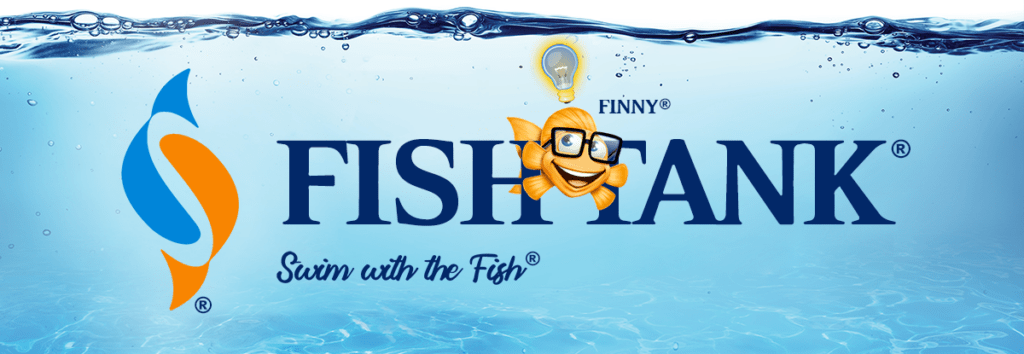
The European Union Refuses to “THINK DIFFERENT”
Many people may remember Apple’s iconic trademark THINK DIFFERENT from the late 1990s. The advertising campaign made a big splash with both television and print ads featuring images of several famous influential leaders throughout time, such as Albert Einstein, Jim Henson, Martin Luther King, Jr. and even Steve Jobs himself. The campaign spanned nearly a decade and won several awards including an Emmy Award for Best Commercial. The mark is still used on packaging for the company’s iMac computers.
However, the General Court of the European Union recently held that Apple’s use of the mark was not genuine trademark use sufficient to prevent cancellation of its registrations. The court upheld a prior decision by the European Union Intellectual Property Office to cancel Apple’s three European Union trademark registrations for the mark in connection with computers and computer related products. The court cited insufficient use of the term in a trademark manner as the basis for its ruling. Although the court found that Apple’s use of the mark in the late 1990s, and for a period of about 10 years thereafter, constituted use as a trademark, it ultimately held that Apple’s use during the relevant period of examination for the proceeding, namely October 2011 to October 2016, did not rise to the level of genuine trademark use. Below is an example of Apple’s product packaging showing use of the mark during the relevant time period.
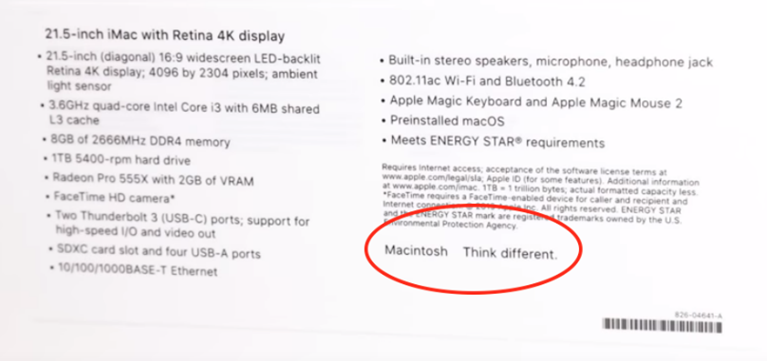
The court took issue with the size and placement of the mark on the packaging and noted that consumers would likely overlook the small print located underneath the technical specifications. The court reasoned that such small font and placement was not likely to draw consumers’ attention, and thus, the mark did not identify the commercial origin of the products. By contrast, under U.S. trademark law, the above product packaging is acceptable to support a U.S. federal trademark registration and in fact was used to renew Apple’s U.S. registration for the mark as late as 2013.
Nevertheless, the loss of Apple’s EU registrations is a big blow to the company given the notoriety of the mark and the fact that many people still associate the iconic mark with Apple. Apple has not yet commented on the decision.
It will be interesting to see whether Apple continues to renew its other registrations for the mark in the future. One factor that may have an impact on Apple’s future course of action is its ongoing feud with the Swiss watch manufacturer Swatch AG, which had initiated the cancellation proceeding that resulted in the outcome in this case. Swatch and Apple are engaged in several contentious trademark battles. At any rate, this case serves as a good lesson for EU trademark registration owners: when it comes to proving genuine trademark use, size and placement matter!
Published June 24, 2022

Finny continues his adventures around the world!
Sir Finnegan, known as “Finny” to his school of family and friends, is taking a trip to explore the diversity of intellectual property all around the world. If you see Finny on his journey, please take a picture of Finny and post it on social media with the hashtag #FollowFinny so we can track his progress. A plush toy of Finny is available to take home HERE.
Related Content from Fishman Stewart
In our previous FishTank article “The Great Beige-Off: Influencer Sues for ‘Vibe’ Infringement,” we reported on Sydney Nicole Gifford’s lawsuit against fellow influencer Alyssa Sheil over allegations of copyright infringement involving neutral-toned social media content.
People have long pondered whether or not the Giza pyramids were indeed solely burial chambers, which was the only known, and archaeologically determined, use—until now.
As the story goes, Klein was so taken with the indescribable blue of the sky over the Mediterranean in Nice, France, that he dedicated his artistic talent developing a blue that would imbue the canvas with this color in its purest form.
Despite her pseudo-legal background in Suits, Meghan has been running into one issue after another in her efforts to register the trademark and logo for her new lifestyle company, for now, called “AS EVER”.
By 1930, efforts began in New York to replace Mother's Day with Parent's Day because men were more than just breadwinners. Those efforts didn't catch on, probably because in that era, women often spent more time in the home.
In February, Nike and Skims announced that they will be working together on a new brand, NikeSkims. The co-brand will create a new line of training apparel, footwear, and accessories specifically designed to meet the unique needs of women athletes.
Generally, federal courts have exclusive jurisdiction over copyright cases, and often, this presents an insurmountable paywall for individual artists and small businesses to vindicate their rights, especially where the value of the individual copyrighted works are relatively low.
Dedicated to raising public awareness about the importance of encouraging innovation and creativity throughout the world, the World Intellectual Property Organization (WIPO) annually observes World Intellectual Property Day on April 26 to showcase the role that patents, trademarks, industrial designs, copyrights and trade secrets play in our everyday lives.
Hold onto your foam fingers, sports fans – college sports just got a whole lot more interesting! The latest updates to Name, Image, and Likeness (NIL) rules are making student-athletes bigger than ever, and it’s not just about the game anymore.
Did a federal court in Louisiana recently decide that US copyrights are global rights? It seems so.
IDENTIFYING, SECURING AND ADVANCING CREATIVITY®
